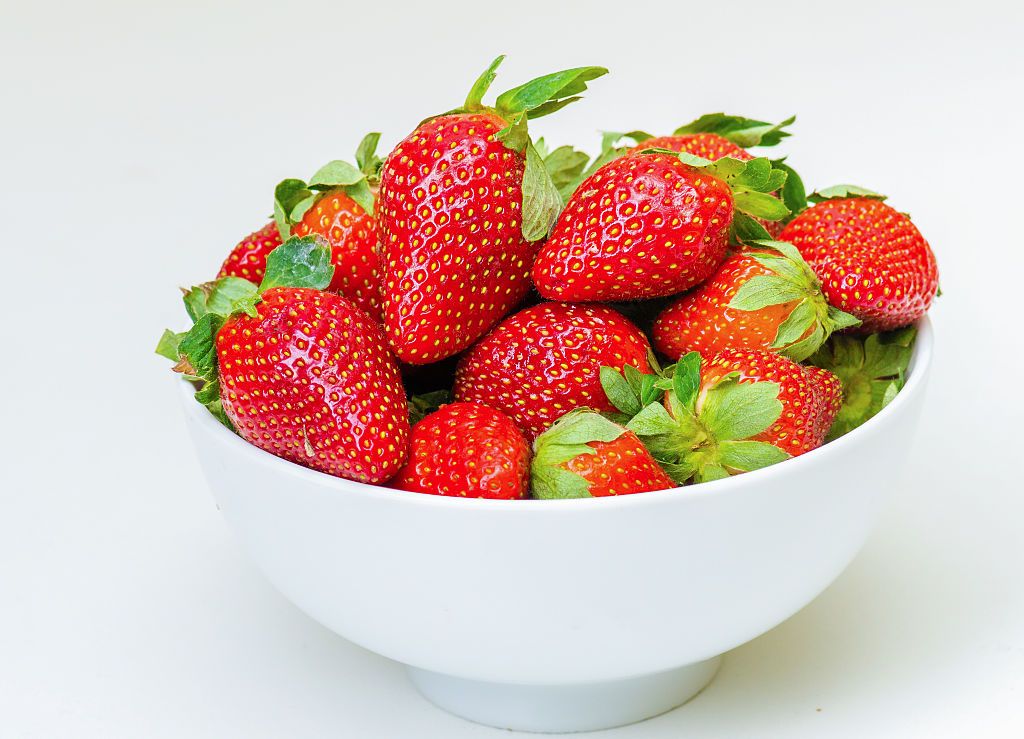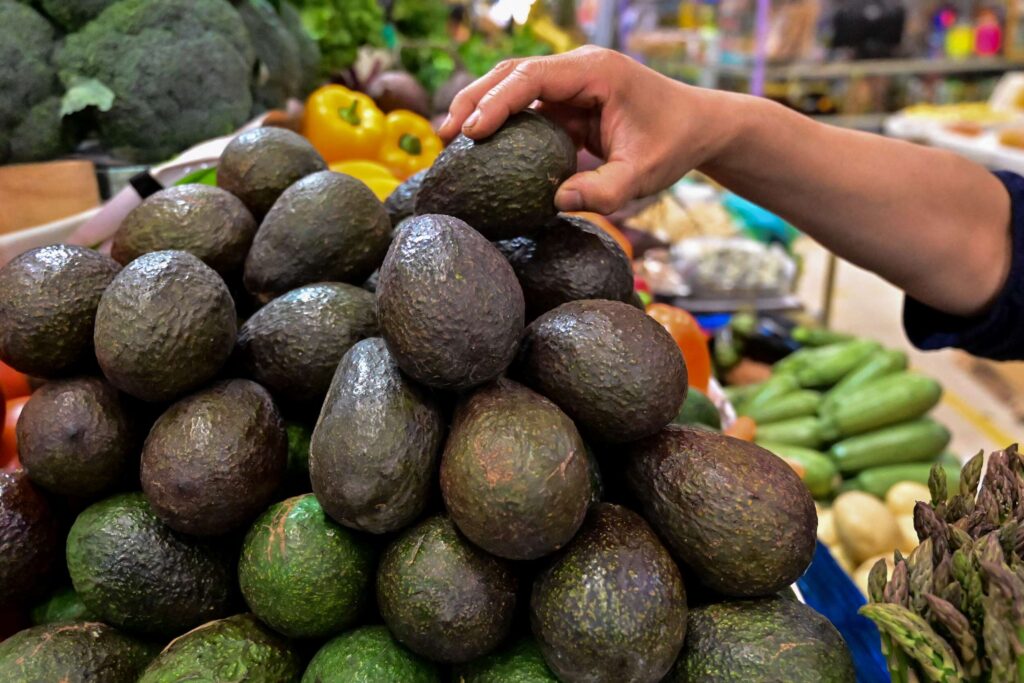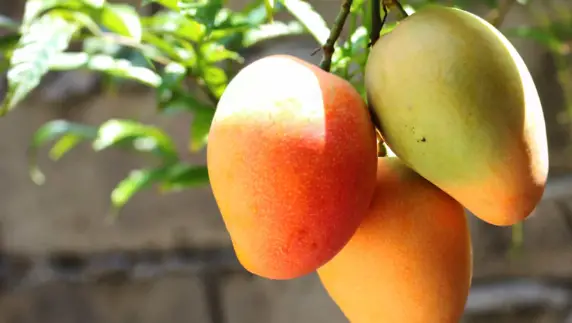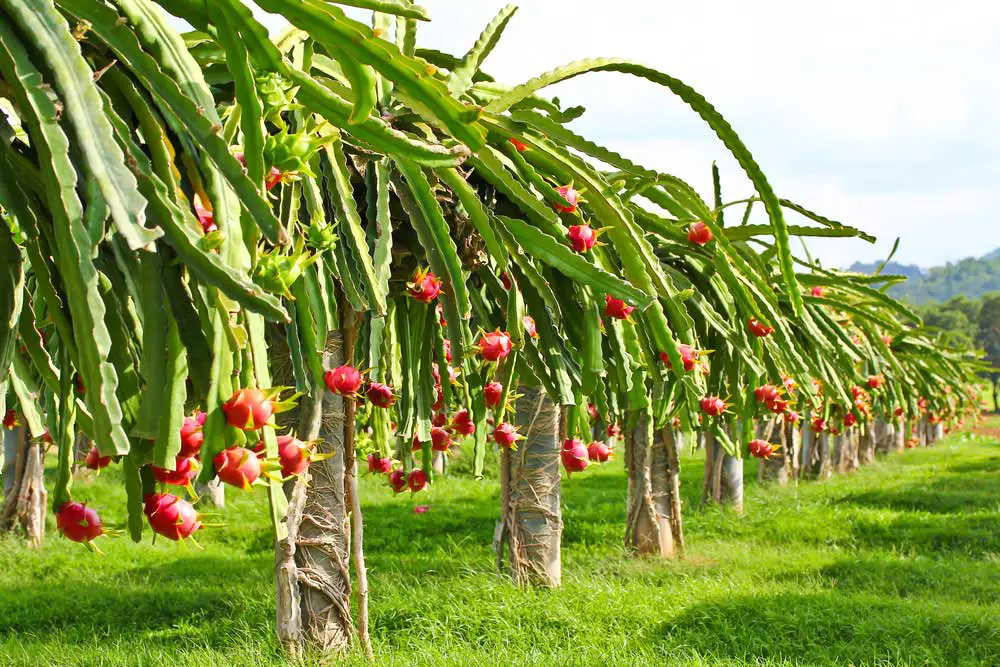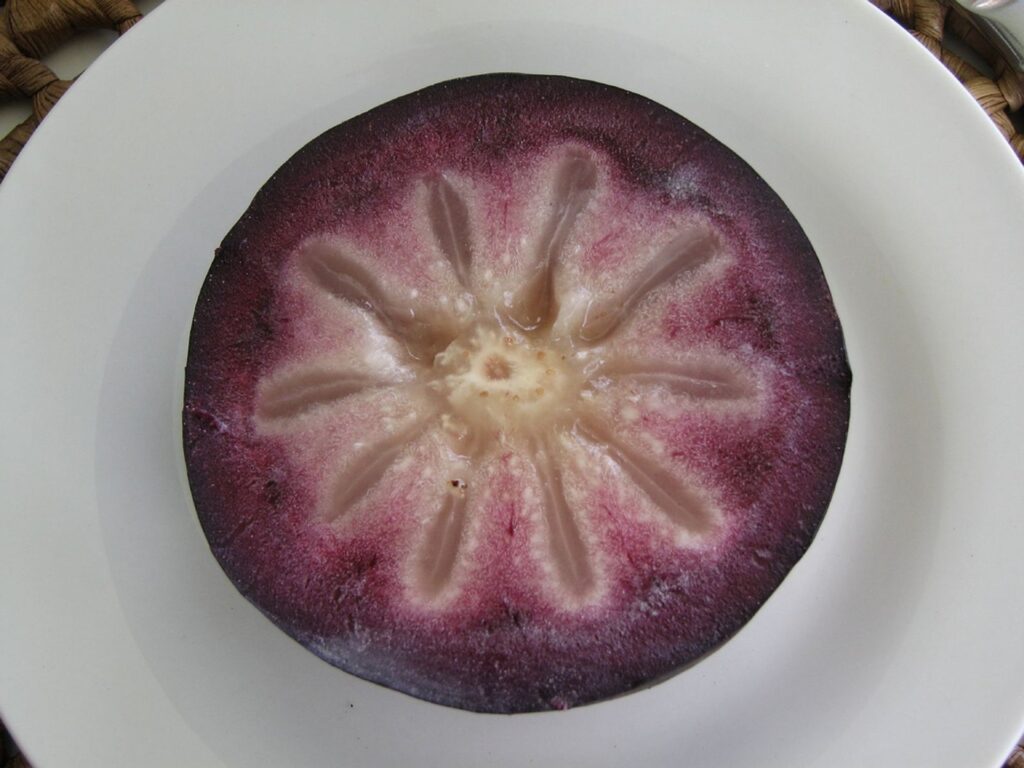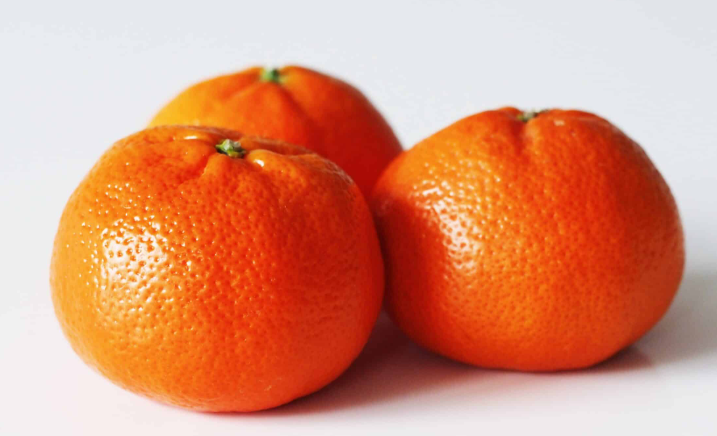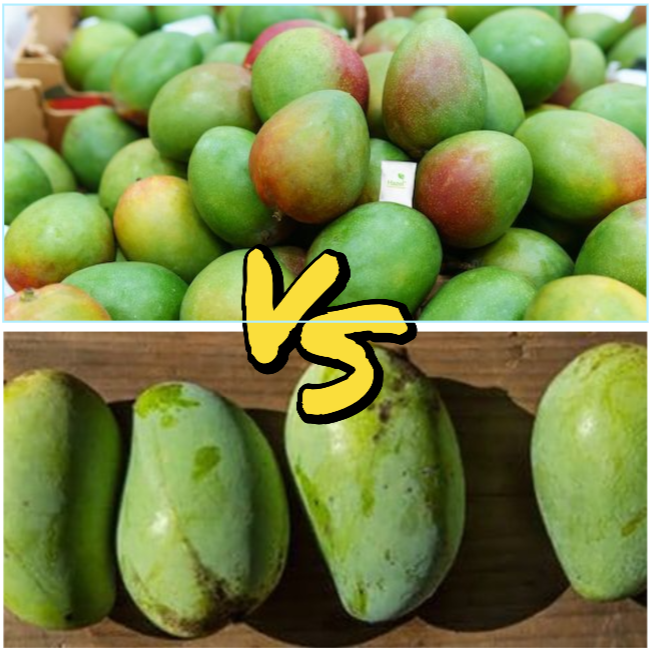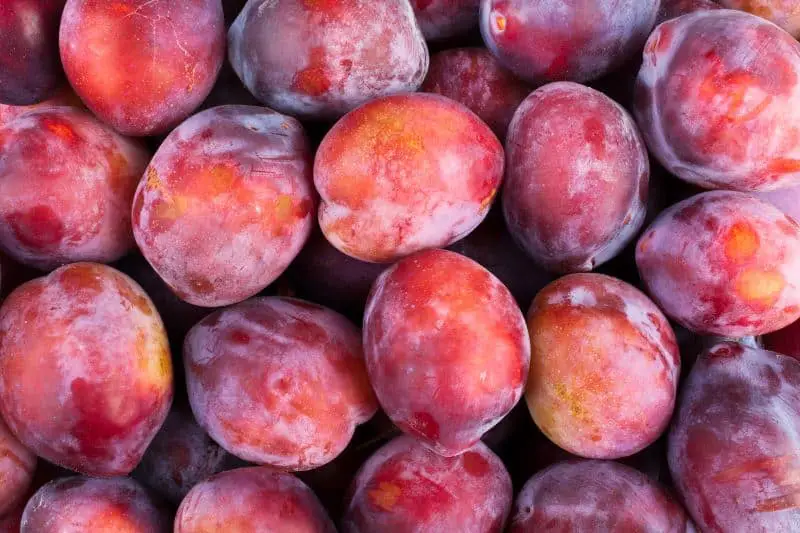Everyone loves the sweet taste of watermelon. It’s a fruit we know well, with its dark green outside and bright red inside. But have you ever heard of blue or purple watermelons? Some people say they are real. Let’s see if that’s true or just make-believe.
Let’s get straight to the point: blue and purple watermelons are not something that grows naturally. The red inside a watermelon comes from a color called lycopene. You can find this in red fruits and vegetables like tomatoes too. Though watermelons can be pink or even yellow inside, they can’t naturally be blue or purple.
For a long time, people have talked about these unusual watermelons. Some believe that they have been made through special technology, while others think they could be rare, natural changes or made by mixing different plants.
But, scientists have not found any proof that these blue and purple watermelons are real. Changing a watermelon to a different color with science would take a lot of work and isn’t something that happens on its own. And even if you mix watermelons with other plants, it won’t make them blue or purple.
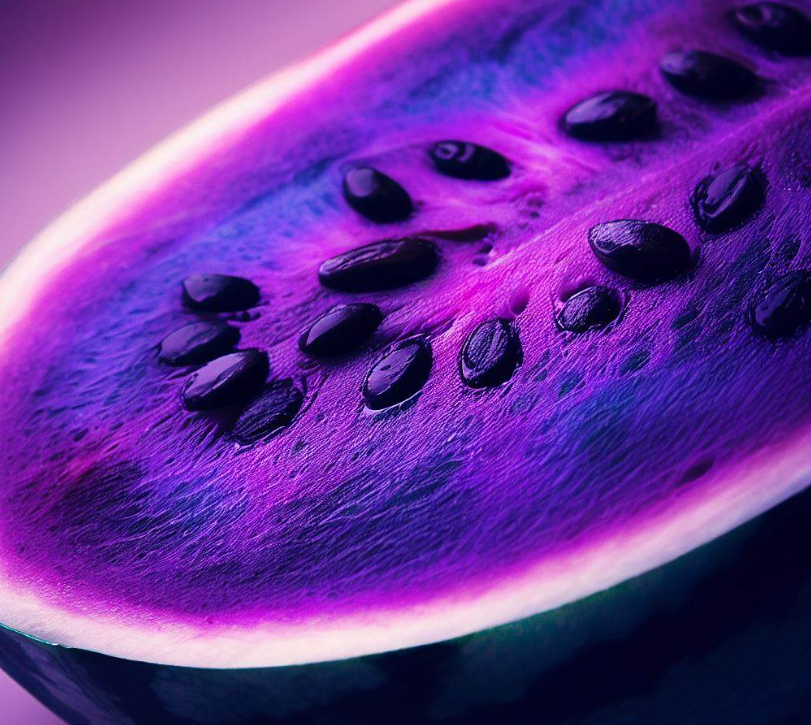
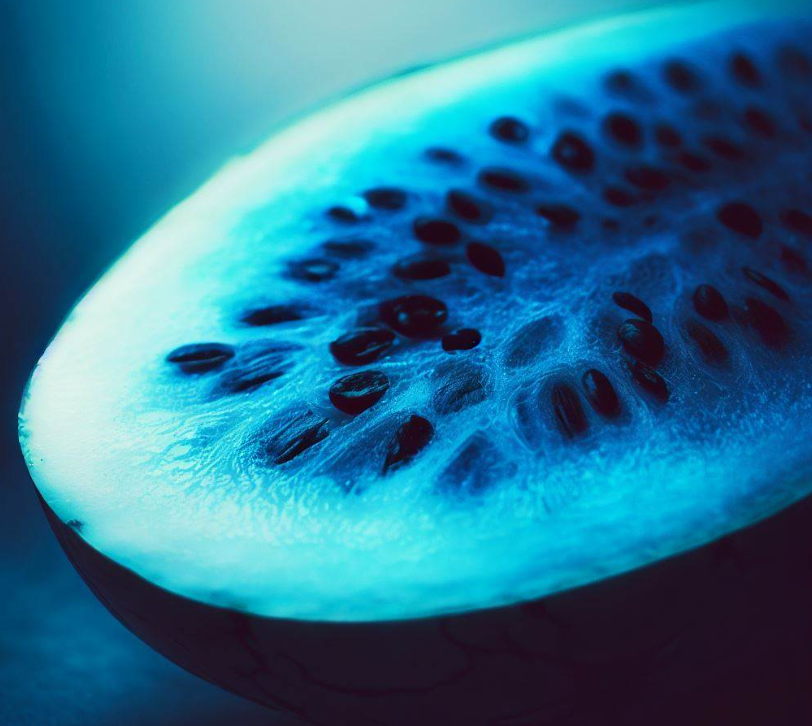

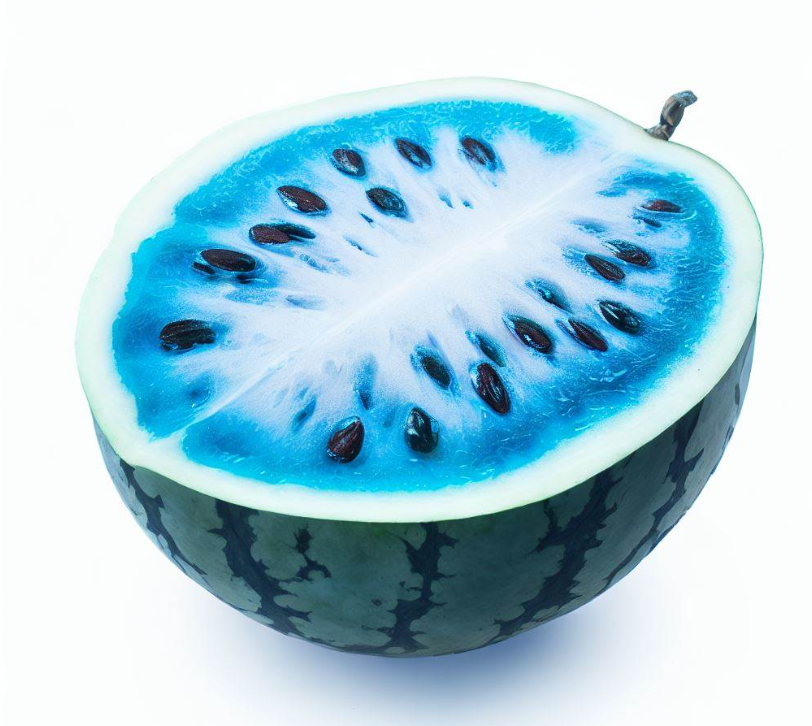

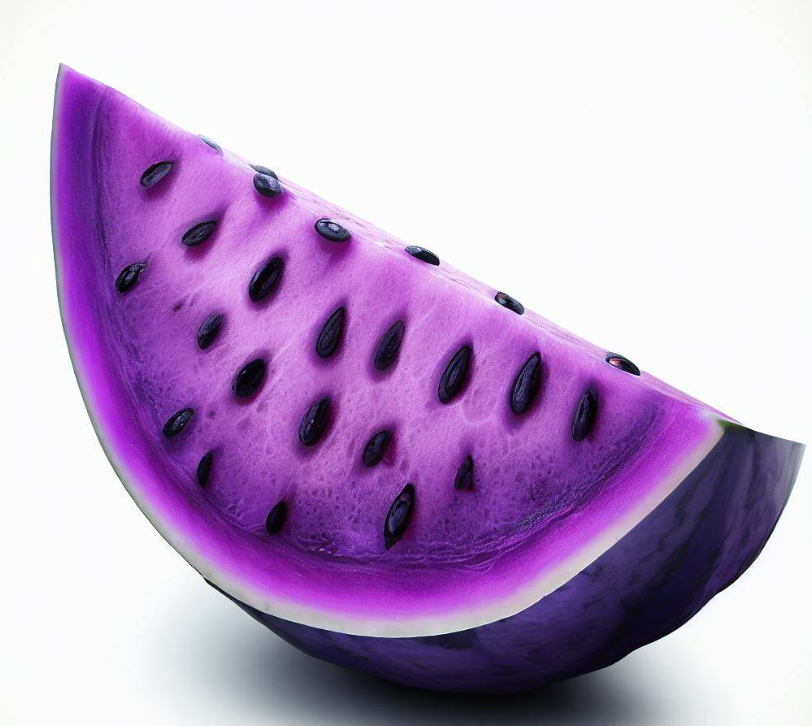

Where do these stories about blue and purple watermelons come from, then? They might be because someone got their fruits mixed up, or maybe they saw a watermelon that looked a little blue or purple outside. But even if the skin looks that way, the inside will still look like the watermelons we know.
These unusual watermelons might also just be a trick to get attention. With so many fancy fruits and veggies out there today, some people paint a watermelon and say it’s something new, hoping to make a splash.
Don’t be fooled if you see a watermelon that’s said to be blue or purple. It’s probably been colored with dye or changed in some other fake way.
In the end, blue and purple watermelons are just a tall tale. No science backs up their existence. When you crave a tasty watermelon, go for the red ones we all love. They’re naturally sweet and juicy, and that’s what makes them great.
